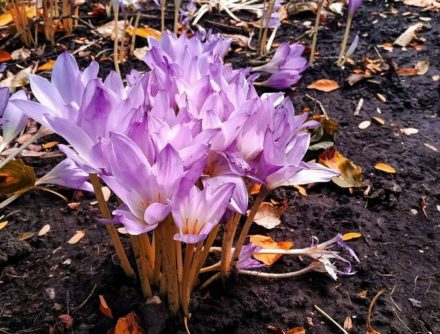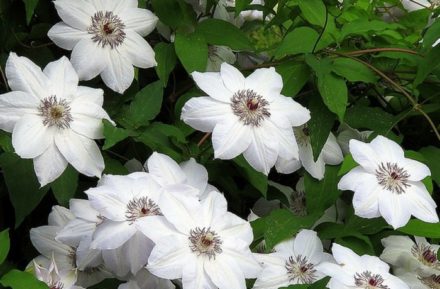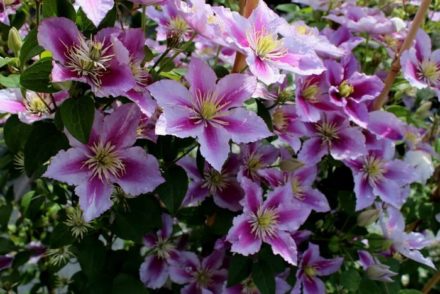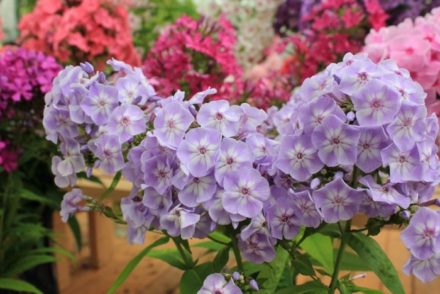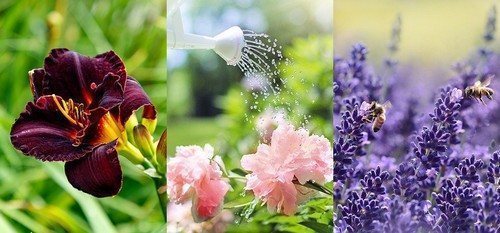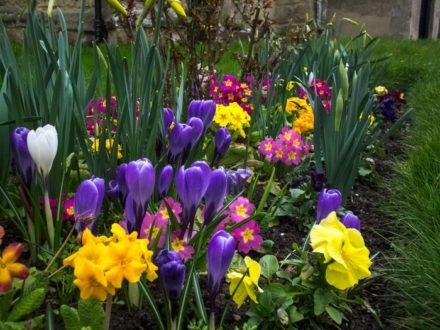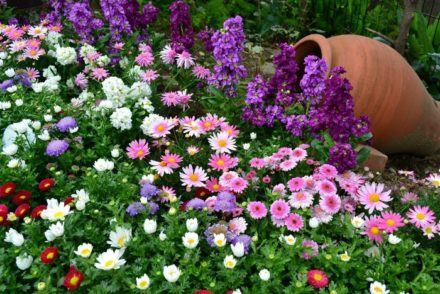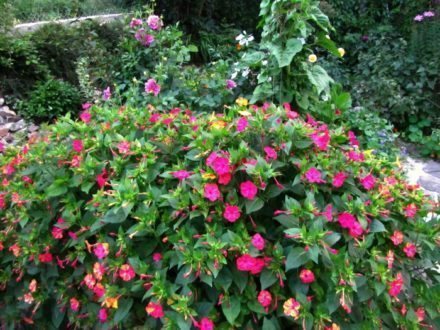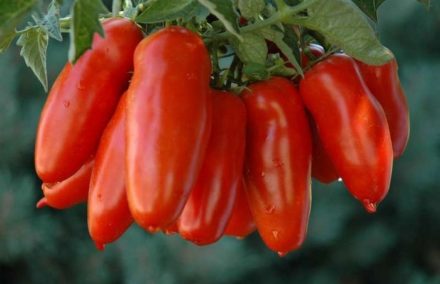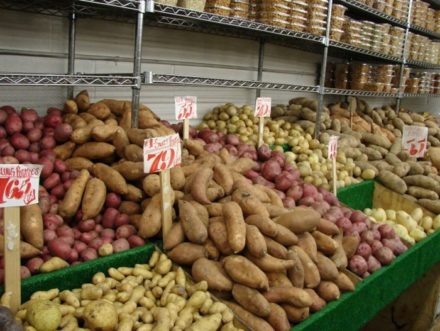Gardeners are creative in growing yellow flowers in their garden plots. Combine perennials with annuals. Crops are planted taking into account flowering in order to enjoy the sunny colors all season long. They show imagination in the design of ridges, flower beds, slides, and borders. Some yellow perennials receive well-deserved attention from gardeners.
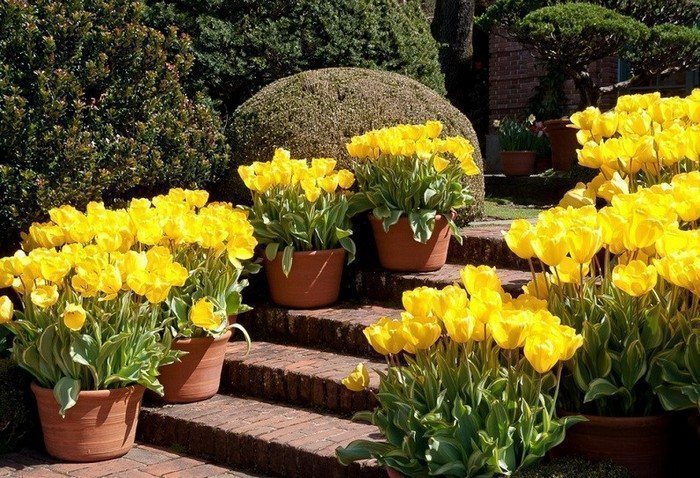
Rudbeckia
The popular yellow rudbeckia is of genuine interest. This is a bright plant with double golden-yellow flowers, with a rich green or brown core. Flowering begins in early June. And until late autumn, flower beds or garden beds are decorated with charming large daisies, reaching 12-16 cm in diameter.
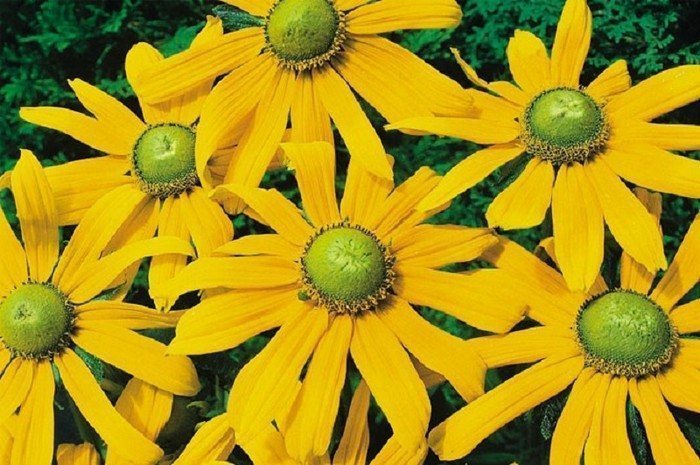
The plant reaches a height of 60-90 cm. Does not require care. Loves feeding. And it blooms abundantly both in the sun and in the shade. To prolong flowering, wilted rudbeckia inflorescences are removed. But if this is not done, rudbeckia will produce more seeds, which will be useful in the future. Each gardener makes his own decision.
Rudbeckia is bred not only by seeds. Another way is to divide the rhizome. Suitable breeding times are spring and autumn.
Popular types of rudbeckia:
- Brilliant.
- Beautiful.
- Dissected.
- Marmalade.
- Glossy.
These perennial varieties of yellow rudbeckia are in demand both among ordinary summer residents and among designers of green spaces.
Primrose yellow
Small bushes 10-40 cm high usually appear in late March and immediately begin to bloom. Yellow velvet petals gather into a rosette. By mid-June, the yellow primrose will have faded.
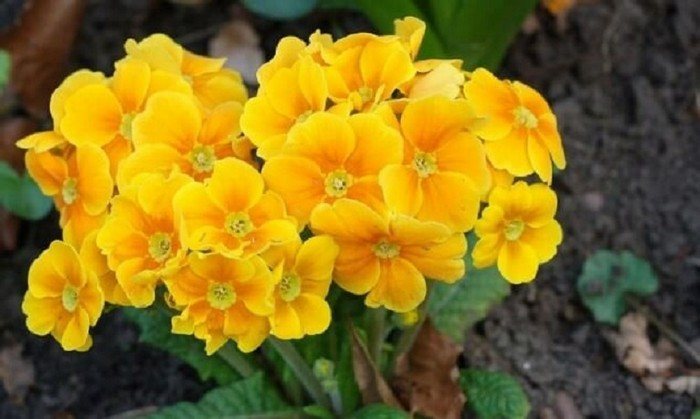
It is preferable to plant the plant on fertile soils. In such areas, primrose grows for up to 5 years. It responds happily to feeding and watering. The plant is cold-resistant, but loves the sun. Blooms for a long time in slightly shaded areas.
Crocus yellow
These are low-growing bulbous perennials. 3-4 years after planting, the flowers begin to become smaller. To avoid this, crocuses need to be planted.
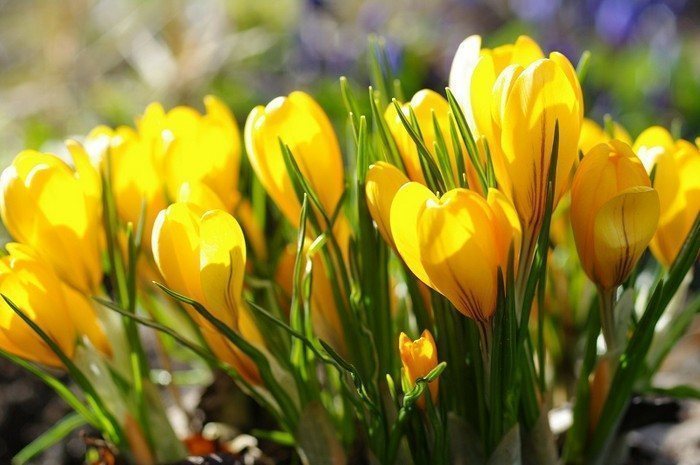
Flowers appear in early April, but do not bloom for long. Therefore, gardeners use two plantings. Spring crocuses are planted in September-October. Autumn - in July-August. Thanks to this technology, yellow crocuses decorate garden beds and borders for a long time.
Crocuses love nutritious structured soil that allows water to pass through. But they do not tolerate marshy and acidic soil, fresh manure, or drought.
Viola
Yellow perennial is a frequent visitor to home gardens. The second name is fragrant violet. A miniature plant with a bright flower crowning the stem, 15-20 cm in diameter. The peduncle is almost without leaves. This enhances the original image of the viola.
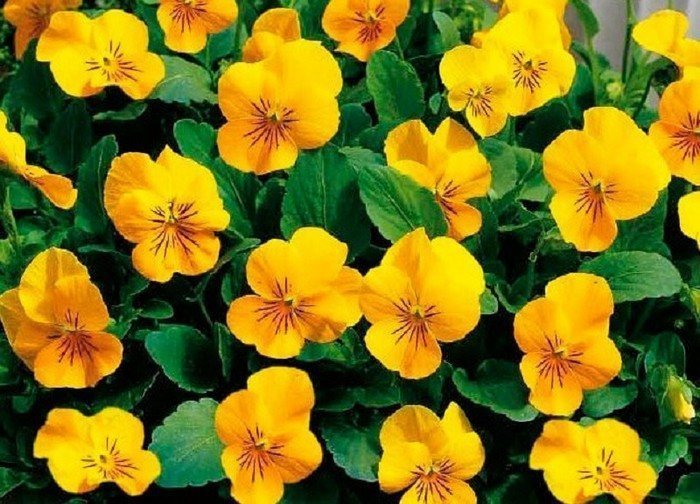
Flowering begins in May and lasts 2-3 months. The flowers are a hit with gardeners. Violas are often used to decorate park areas and gardens, as well as to decorate fences, stairs, and borders.
Planting a plant is not difficult. Sow seeds in the soil or use seedlings. Viola takes root on any soil. But with insufficient lighting and drafts, the flowers lose their beauty. They become rare and inconspicuous.High humidity is also not recommended, as it leads to fungal damage to the root system.
Chrysanthemum
Cute and delicate perennials of the Asteraceae family, resembling daisies in appearance, refresh even an abandoned garden.
Popular early varieties: Orange - a compact bush 50-60 cm high, and Golden Fleece, reaching a height of over 100 cm. Flowering begins in August and continues until the end of summer.
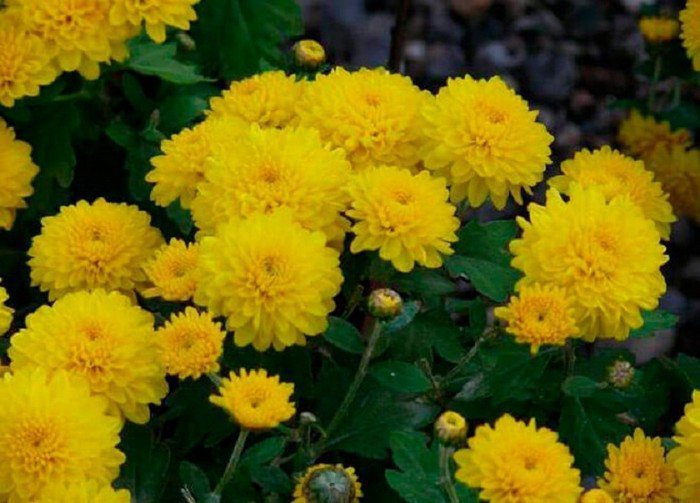
Among the late varieties, gardeners distinguish the Rivardi chrysanthemum. This is a perennial with beautiful and large flowers, reaching 20 cm in diameter. Flowering begins in the second half of October.
Chrysanthemum welcomes fertilizing with complex fertilizers, which is carried out once every 7 days. Reproduction methods: seeds and cuttings.
There are many varieties of yellow chrysanthemum. They differ in the size of the inflorescences, the shape of the petals, and the degree of color saturation.
The most popular:
- Pompom.
- Joy.
- Reagan.
The varieties are bred artificially for garden interior design and festive compositions.
Yellow gladioli
Such perennials are disease resistant and get along well with their neighbors in open ground. They decorate the garden with inflorescences of 20-25 buds with corrugated petals. The height of the plant reaches 1.5 m, the size of the flower is 14 cm, the length of the inflorescence is up to 70 cm. 8-9 buds bloom at the same time.
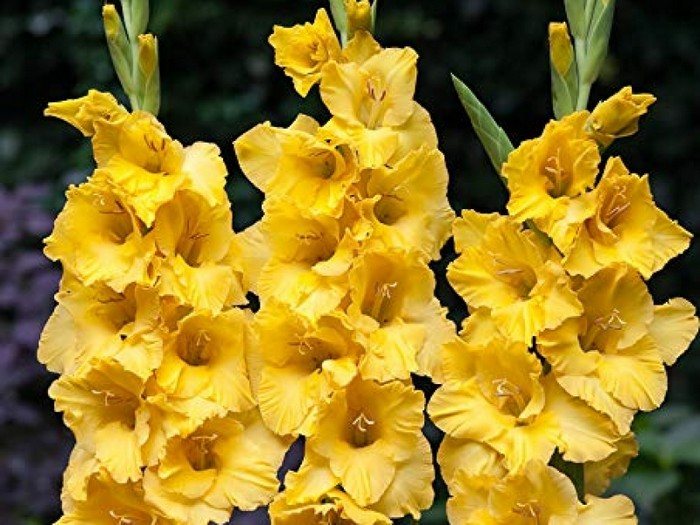
Among representatives of Russian selection, the following varieties of gladioli are popular:
- Cherry bunch.
- Summer carnival.
- Golden antelope.
- The highlight.
Flowering time lasts three summer months and the beginning of autumn.By skillfully decorating the space with various varieties of yellow gladioli, they achieve the constant presence of picturesque and mysterious flowers in personal plots.
Loosestrife
This is a very beautiful tall bush or creeping plant. Flowering is dense and abundant. Because they are not picky about growing, summer residents can plant loosestrife with minimal physical effort.
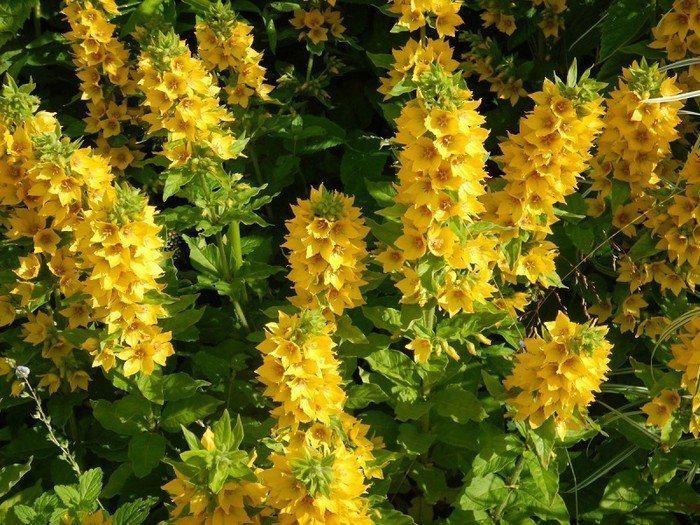
Yellow color is inherent in the following varieties of loosestrife:
- Ordinary. Bushes up to 1 m high, attractive with yellow flowers from mid-June to mid-July.
- Spot. The lush bushes have beautiful light leaves and amazing yellow inflorescences. The variety is distinguished by abundant flowering, which begins in mid-summer and ends in mid-autumn.
- Coin-shaped. It stands out for its creeping shoots, which quickly grow and displace neighboring plantings. Inflorescences are yellow, solitary. The variety blooms from July to September.
These, of course, are not all varieties of yellow perennials that delight gardeners with long-term flowering. There are many varieties and hybrids. When choosing, the recommended planting region, sowing time and growing conditions are taken into account.


